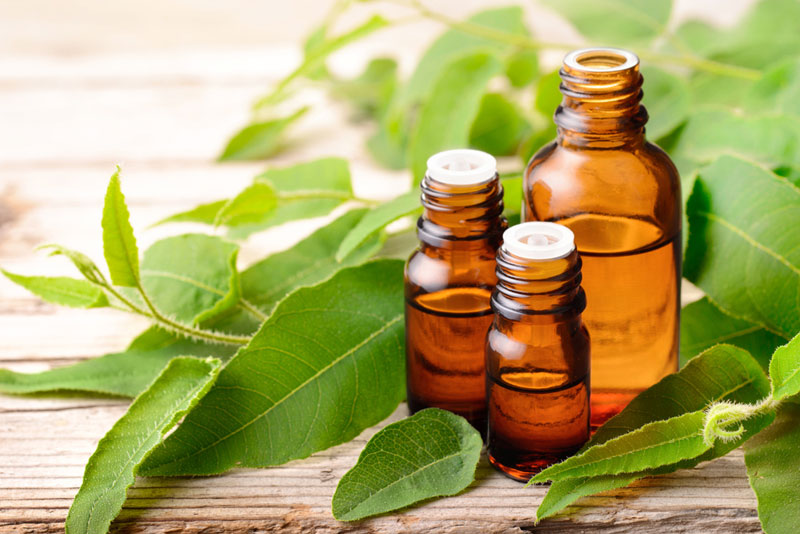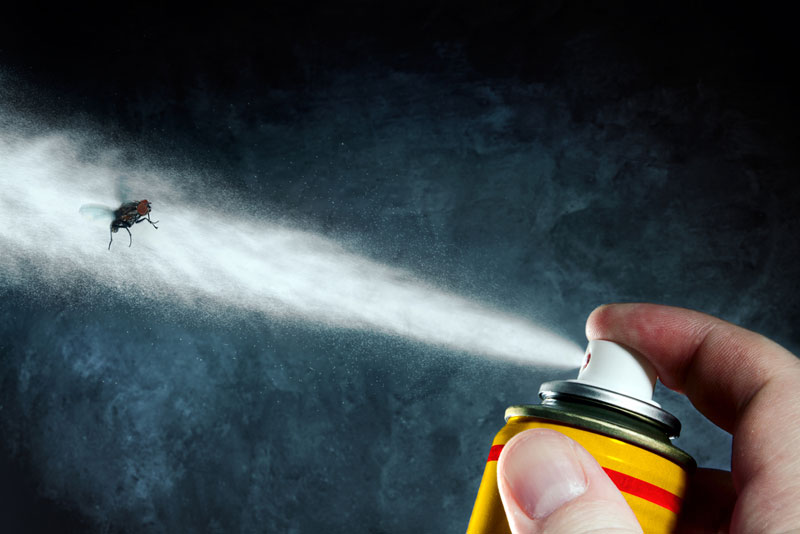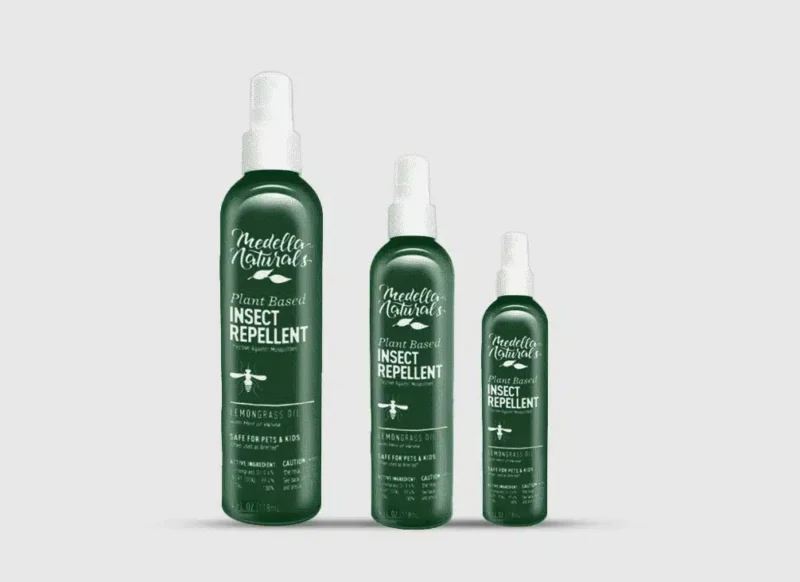When protecting yourself and your loved ones from pesky insects, choosing the right bug spray can make all the difference. With so many different options on the market, knowing which one will be the most effective for your needs can take time and effort. That’s why we’ve compiled a comprehensive list of tips to help you make an informed decision when selecting an insect repellent.
From understanding the active ingredients to considering the level of protection you need, we’ve got you covered. Following our advice, you can feel confident choosing the best bug spray to keep you and your family safe and comfortable during outdoor adventures.
Choosing the Right Insect Repellent: A Comprehensive Guide
When selecting the most suitable insect repellent, your first consideration should be whether the product is registered with the Environmental Protection Agency (EPA). EPA registration entails rigorous testing and evaluating the repellent’s efficacy, safety, and environmental impact.
Unregistered repellents may not meet the EPA’s stringent standards, potentially leaving you vulnerable to disease-carrying insects. It’s important to note that the CDC recommends only using EPA-registered insect repellents to prevent insect-borne diseases effectively.
The CDC acknowledges several active ingredients for providing long-lasting and efficient protection against mosquitoes, ticks, and other bothersome bugs. These ingredients include DEET, Picaridin, Oil of Lemon Eucalyptus, and Permethrin.
Understanding the differences between various insect repellent components is crucial in choosing the right one to safeguard yourself and your loved ones from insect-borne diseases and pesky insects. Each component offers unique advantages. Use the ingredient guide below to make an informed purchase decision for the perfect insect repellent.
Choosing the Right Active Ingredient in Insect Repellents
When choosing insect repellents, make sure to check out these active ingredients.
DEET
DEET has been a trusted insect repellent in the US since 1957. With a long history of providing reliable protection against mosquitoes and ticks, DEET remains one of the most common repellent ingredients today. The Environmental Protection Agency (EPA) asserts that DEET poses no risk to human health, endangered species, or the environment when used as directed.
The Centers for Disease Control (CDC) recommends using at least 20% DEET repellents. Higher DEET concentrations do not enhance the overall effectiveness but prolong the duration of protection.
DEET-based products are suitable for the whole family and can be applied to adults, children, and infants older than two months. The American Academy of Pediatrics advises that repellents for children contain no more than 30% DEET.

It’s important to note that DEET can act as a solvent for certain synthetics, so it should only be applied to the skin to avoid damage to plastics, leather, watch crystals, or synthetic outdoor gear. If you live in areas with disease-carrying pests, travel to regions with dense insect populations, or seek a proven track record, DEET-based repellents may be your best choice.
PICARIDIN
Picaridin, a best-selling insect repellent in Europe, has been available to the public in the US since 2005. This synthetic compound mimics piperine, a naturally occurring substance found in black pepper responsible for its spicy taste. Natrapel Picaridin effectively protects against ticks, mosquitoes, and other biting insects.
Unlike DEET, Picaridin is not a solvent for synthetics, allowing it to be applied to clothing and skin. Picaridin-based formulas are generally less greasy, making them a more pleasant choice for everyday use.
OIL OF LEMON EUCALYPTUS
The oil of Lemon Eucalyptus is the sole naturally derived active ingredient registered with the EPA and recommended by the CDC. This active ingredient is extracted from Lemon Eucalyptus tree leaves that are native to Australia.

Lemon Eucalyptus has a pleasant lemony scent and a less-oily feel. It can be applied to both skin and gear. It should not be confused with essential oil, as lemon eucalyptus’s “pure” oil lacks EPA registration and has not undergone comparable testing for efficacy and safety.
PERMETHRIN
Registered with the EPA since 1979, Permethrin is a synthetic version of a chemical naturally occurring in chrysanthemum flowers. This active ingredient kills insects upon contact, offering additional protection against ticks and mosquitoes.
While repellents are available for skin and clothing, providing weeks of protection through multiple washes, eliminating the need for daily reapplication. To maximize protection and prevent skin contact with unbonded Permethrin, it’s crucial to allow clothing or gear to dry for at least 2 hours (or 4 hours in humid conditions).
Permethrin-treated clothing and gear are safe for adults, children, and infants older than 6 months.
Medalla Spring’s Insect And Mosquito Repellent
Our insect and mosquito repellent is formulated without any chemicals to protect against mosquitoes and bugs without causing dryness, irritation, or sticky residue on your skin. A study conducted by the University of Georgia’s Black Fly Rearing and Bioassay Laboratory found that our plant-based bug spray was able to repel up to 90% of black flies and gnats for up to 5.5 hours after application, which is significantly more efficient compared to a leading DEET repellent that could only manage to repel 40% of insects after 90 minutes of application.
Our insect repellent is formulated without any chemicals to protect against mosquitoes and bugs without causing dryness, irritation, or sticky residue on your skin. A study conducted by the University of Georgia’s Black Fly Rearing and Bioassay Laboratory found that our plant-based bug spray was able to repel up to 90% of black flies and gnats for up to 5.5 hours after application, which is significantly more efficient compared to a leading DEET repellent that could only manage to repel 40% of insects after 90 minutes of application.
Tips for Effective Bug Repellent Use

Once you’ve chosen the right bug repellent, it’s essential to use it correctly to maximize its effectiveness and minimize potential risks. Here are some tips for using bug repellent effectively:
- Follow Label Instructions: Always read and follow the bug-repellent product label instructions. This includes information on application, reapplication, and safety precautions.
- Apply to Exposed Skin: Apply bug repellent to exposed skin areas, such as arms, legs, and neck. Avoid applying near the eyes, mouth, and open wounds.
- Use on Clothing: Add bug repellent to clothing for added protection. Some repellents are specifically designed for fabric application.
- Reapply as Needed: Bug repellents have varying durations of effectiveness, so be sure to reapply.
Conclusion
Selecting the appropriate insect repellent is essential for protecting against insect-borne diseases and discomfort. Understanding the characteristics of different active ingredients helps you make a well-informed choice, ensuring you and your family stay safe and comfortable during outdoor activities. Make your selection wisely, follow application instructions, and enjoy worry-free adventures.

